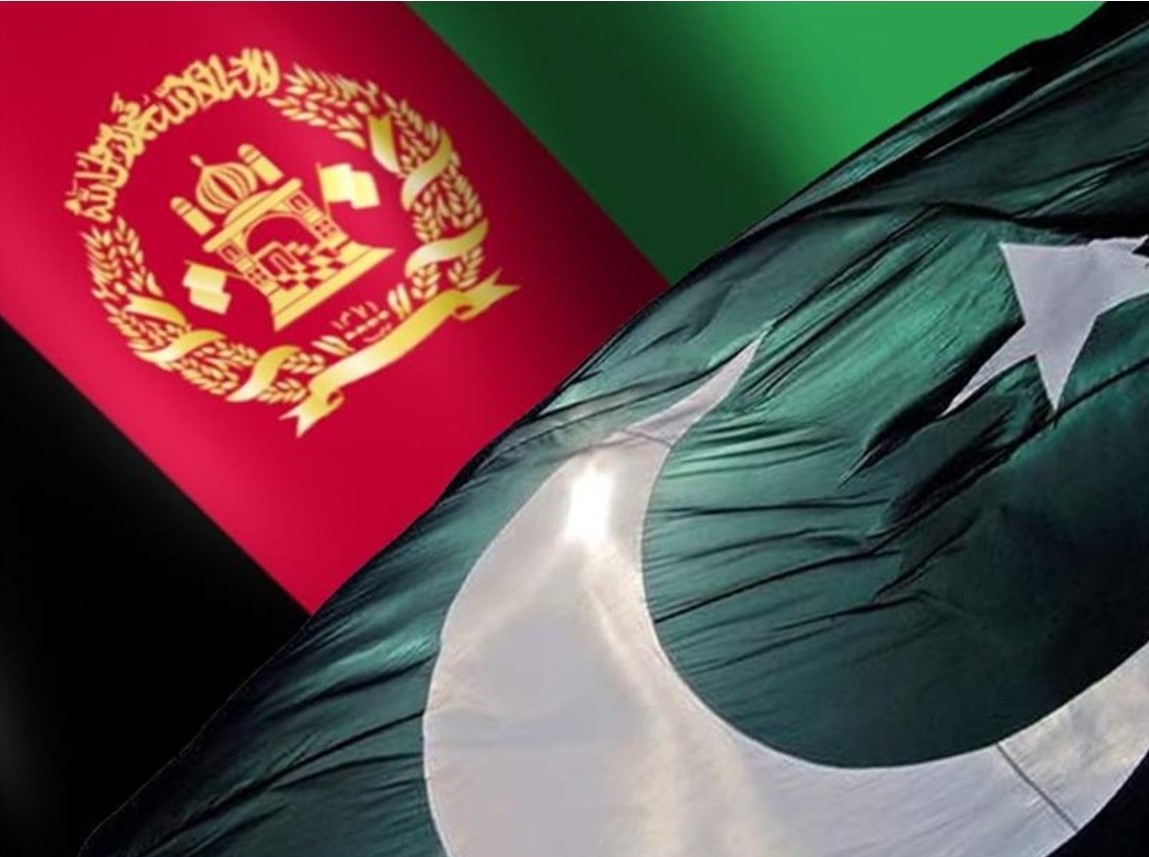The last time Pakistan pleaded for inclusion and invitation to Taliban-ruled Afghanistan was at the Shanghai Cooperation Organisation (SCO) in September. Prime Minister Shehbaz Sharif’s pitch surprised many Afghanistan watchers at home and abroad because the ground reality was and remains, wildly different.
It has been a disastrous year for Pakistan which facilitated the Taliban’s return in August 2021. If that year ended with a border clash, this year ends with an attack on the Kabul embassy, bilateral relations at a new low and Kabul virtually washing its hands of the marauding Tehreek-e-Taliban Pakistan (TTP) that uses Afghan territory for its operations and expansion in Pakistan.
Resisting Islamabad’s pressures, Kabul has washed its hands off any mediation between TTP and Islamabad and the precarious cease-fire has been violated many times over.
For Kabul, the chicken has also come home to roost, with its daily confrontations with the Islamic State Khorasan Province (ISKP). “A major reason for the resurgence of the terrorist networks is the ideological linkages the Afghan Taliban have had with foreign militant groups like the TTP and Islamic Movement of Uzbekistan (IMU),” Pakistani analyst Zahid Hussain writes in Dawn (December 4, 2022).
With militant groups from China’s Xinjiang and from Central Asia gaining depth across Afghanistan-Pakistan, he points out, Afghanistan is yet again the hub of global terrorism, threatening the region.
That ‘depth’ resonates badly for Pakistan. In an editorial unusually full of sarcasm, its newspaper Dawn (December 7, 2022) wonders when and how the concept of Afghanistan providing “strategic depth” evolved when Pakistan was “left and centre” of the Saudi and Western nations’ anti-Soviet campaign in Afghanistan in the 1980s, and how that ‘depth’ was seen as having been ‘achieved’ with the Taliban’s return to power in August 2021, when the West quit that conflict.
If the first injected “drugs and Kalashnikov culture” in Pakistan besides refugees, the second shows that Pakistan is left to hold the baby – refugees, drugs, guns and worst – the TTP. Pakistani security analyst Mohammed Amir Rana points out (Dawn, December 4, 2022) that the TTP cadres have provided the muscles for the ISKP and are expanding its support base across Pakistan. With tacit Kabul support, it remains defiant, laying conditions that Islamabad cannot afford to meet.
The recent attack on its Kabul mission in which its Charge d’affaires barely escaped has compelled Pakistan to put pressure on Kabul that blame it on the ISKP. Rana and Zahid Hussain, besides other analysts, point out the thin line between the TTP and the ISKP, since the IS’s South Asia chapter was set up by TTP’s Hafeez Saeed and there have been ‘defections’ from TTP to ISKP.
Husain points out that on the same day the TTP called off its ceasefire, and the Kabul mission was attacked, a car bomb detonated at the headquarters of Hezb-i-Islami, headed by Gulbuddin Hekmatyar, a favourite of Pakistan and the United States in the 1980s and a former Afghan prime minister, giving “a dangerous twist to the terrorist threat from Afghanistan.”
Hussain writes: “It is evident that the Afghan Taliban administration seeks to use the TTP as leverage to put pressure on Pakistan.” This has also compounded Pakistan’s domestic problem in that Pashtun and Baloch populations are protesting at the TTP’s daily muscle-flexing, causing displacement and economic misery.
The firing on the Kabul mission took place within days of the visit to Kabul of Hina Rabbani Khar, Pakistan’s minister of state for foreign affairs. No concrete outcome has been made known by either side. From the photo-ops, the critics have asked whether sending “an elitist, well-dressed” woman politician served any diplomatic purpose and whether the ultra-conservative Taliban took her seriously.
Reflecting on the current alarm, confusion and churning among the Pakistani opinion leaders at a consultative dialogue, Dawn says the “wide consensus that a reorientation or reformulation of Pakistan’s Afghan policy was required. But the million-dollar question remains: how?”
As much of the initiative on Afghanistan has been largely military-led, and alluding to the criticism the military has come under in recent months, Dawn asserts: “It is for parliament, with input of the security establishment and foreign policy experts, to decide what the new Afghan policy should be.”
Its own prescription for Afghanistan is that it “should not be seen as part of our ‘sphere of influence’, and there should be no efforts to politically control Kabul.”
However, Pakistan seems unready for either. Its political leadership has wavered on dialogue with the militants over the years and has allowed the military to act when things get out of hand. Most political parties have elements in cahoots with the militant groups with whom they reach election-time ‘understanding’. The world community can hardly expect them to eliminate militancy.
Successive political regimes and the military have used Afghanistan as a hinterland for profits and political influence. And finally, that the Pushtuns, the world’s largest ethnic minority, live on land that straddles both Afghanistan and Pakistan, leaves little scope for any regime in Islamabad but to use its political and economic leverage on a war-ravaged, land-locked and less developed Afghanistan.





